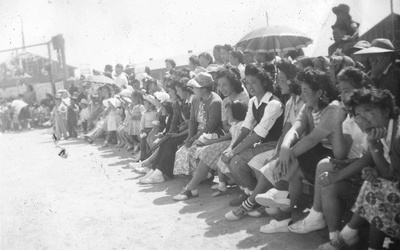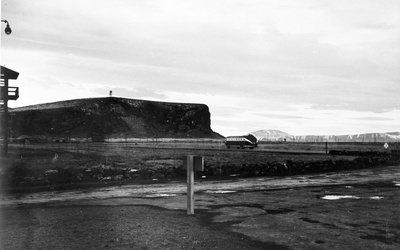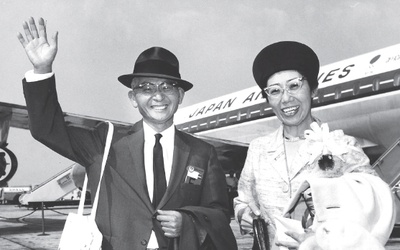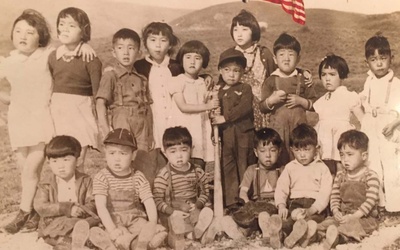Tessaku
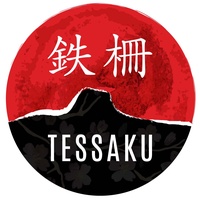
Tessaku was the name of a short-lived magazine published at the Tule Lake concentration camp during World War II. It also means “barbed wire.” This series brings to light stories of the Japanese American internment, illuminating those that haven’t been told with intimate and honest conversation. Tessaku brings the consequences of racial hysteria to the foreground, as we enter into a cultural and political era where lessons of the past must be remembered.
Stories from this series
Fusae Yoshida - Part 2
Feb. 28, 2017 • Emiko Tsuchida
Read Part 1 >> [To Fusae] Do you remember a conversation that your parents had with you over moving to the camps? They went with the flow, evidently. They packed up. They closed their laundry business. And we waited for evacuation because we knew it was coming. Did you ever experience anything negative from school? Our school wasn’t that bad, I didn’t feel it. I was in junior high school. In fact, the school gave a special farewell assembly. The …
Fusae Yoshida - Part 1
Feb. 27, 2017 • Emiko Tsuchida
“When he came back to Tule Lake where we were, he got off the bus, and he was an old man. To this day I cry when I think about it. He had aged so much, it was so noticeable. But I was too young to question him about what happened in those camps.” -- Fusae Yoshida I connected with Fusae Yoshida through the Oakland Buddhist Church’s senior citizen group (Momiji kai). This church holds a lot of history for our …
Digger Sasaki - Part 2
Feb. 2, 2017 • Emiko Tsuchida
Read Part 1 >> [To Digger] I think it’d be interesting to talk about your first impression of Tule Lake and arriving. Digger Sasaki (DS): Being in Pinedale for three months, it gave me a little awareness of barracks and stuff. But Pinedale was so small in comparison. And the reason they sent us to Pinedale is Tule Lake wasn’t finished as far as building all the barracks. To tell you the truth, I couldn’t remember how we got to …
Digger Sasaki - Part 1
Feb. 1, 2017 • Emiko Tsuchida
“They had soldiers and jeeps with machine guns, you know, patrolling the camps. It was kind of exciting in a way.” -- Digger Sasaki Digger Sasaki has a peculiar moniker, one that has fully replaced his given name and dates back to high school. “In high school, I played football. And you know when you practice, you have to push a sled to strengthen your legs. When people push, everybody says, “dig, dig, dig,” you know. And then one day the coach …
Howard Yamamoto - Part 2
Jan. 27, 2017 • Emiko Tsuchida
Read Part 1 >> Do you remember if there was any convincing that Mr. Wada needed to do with your family? No, that I have no idea. I just imagine what happened was he says, “Take me, too.” To get back to the history, they were allowed to voluntarily leave California. And I think there something like 10,000 permits given out. Out of that 10,000 only few made it. Not many. Some of what I read is that they were …
Howard Yamamoto - Part 1
Jan. 26, 2017 • Emiko Tsuchida
“It was hard, it was hard on the parents. Was it hard on me? I don’t know, I don’t remember that much, the hardship. But the parents, my god. Could I do it? No. I couldn’t do it. I can’t imagine myself doing it.” —Howard Yamamoto Out of the 110,000 Japanese Americans who were thrown in the internment camps, 130 escaped the stark reality of mess hall food, barbed wire, and guard towers. Four-year-old Howard Yamamoto was one of them. …

